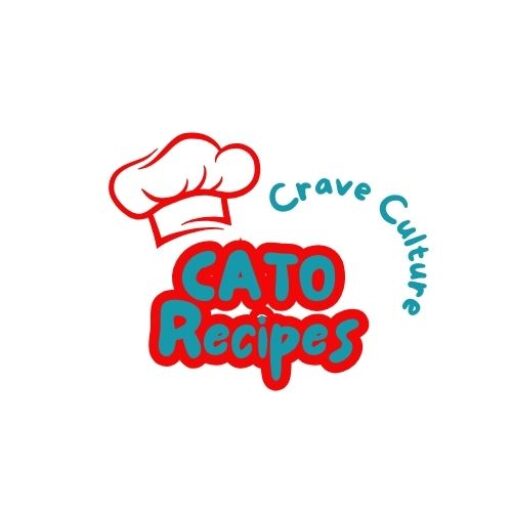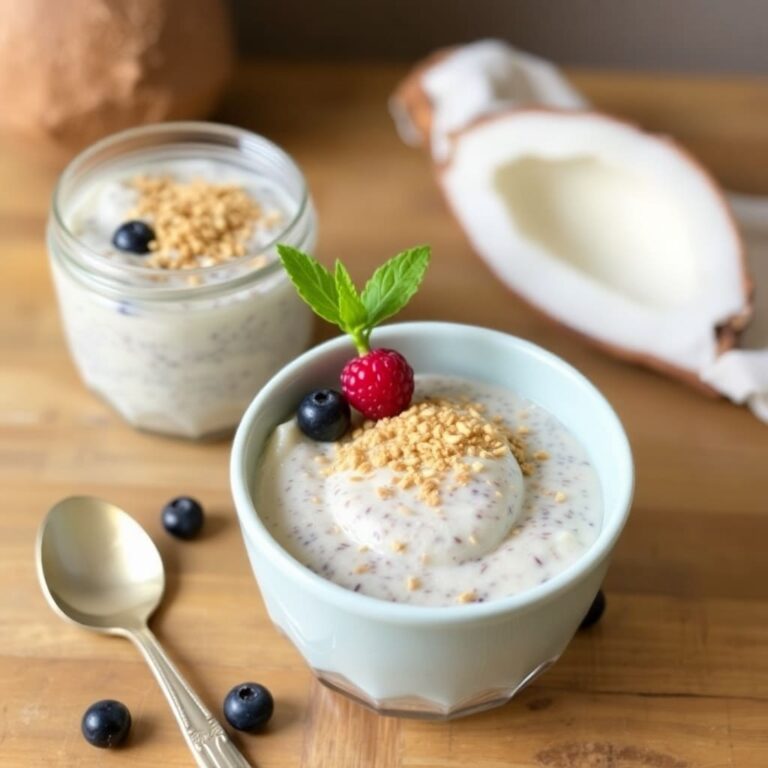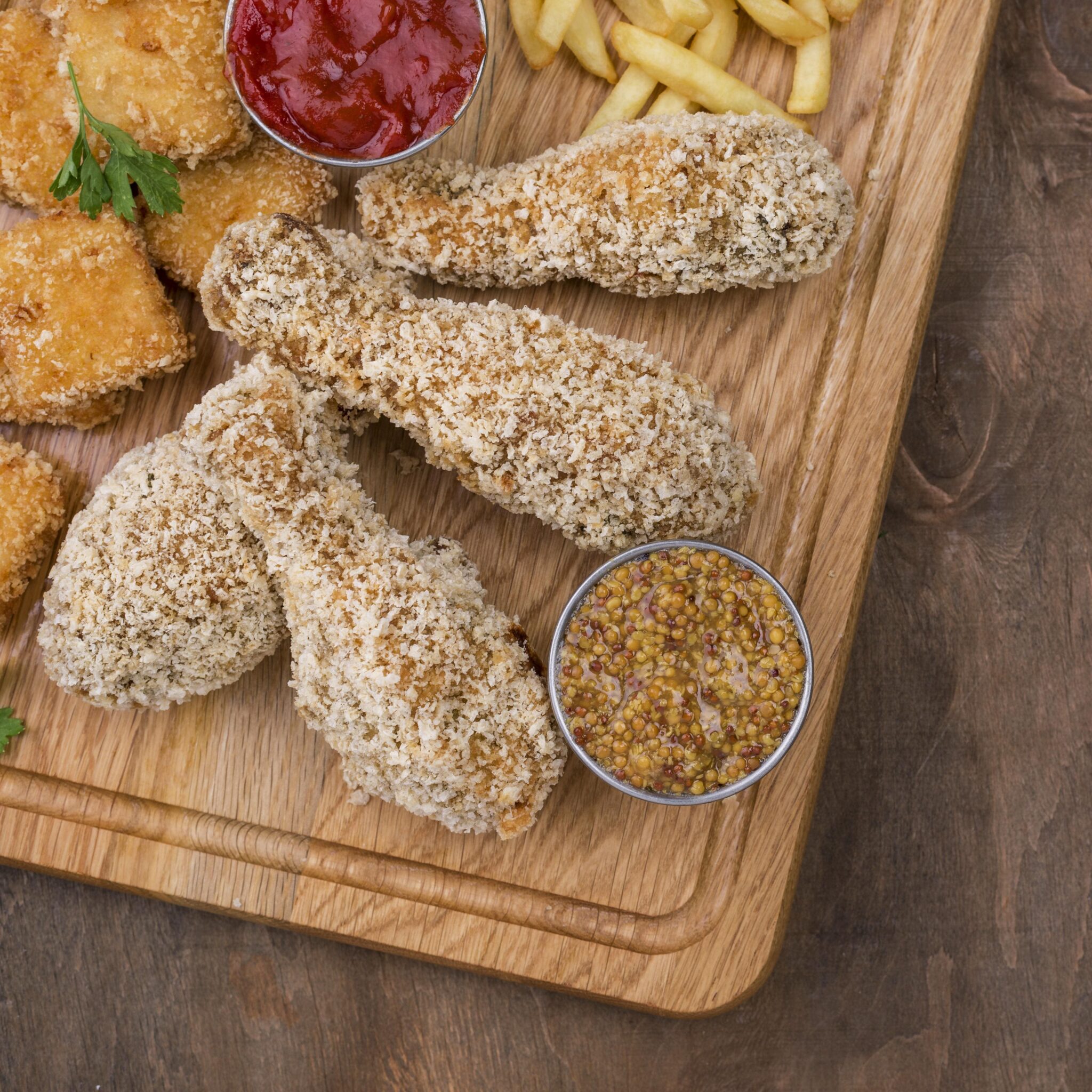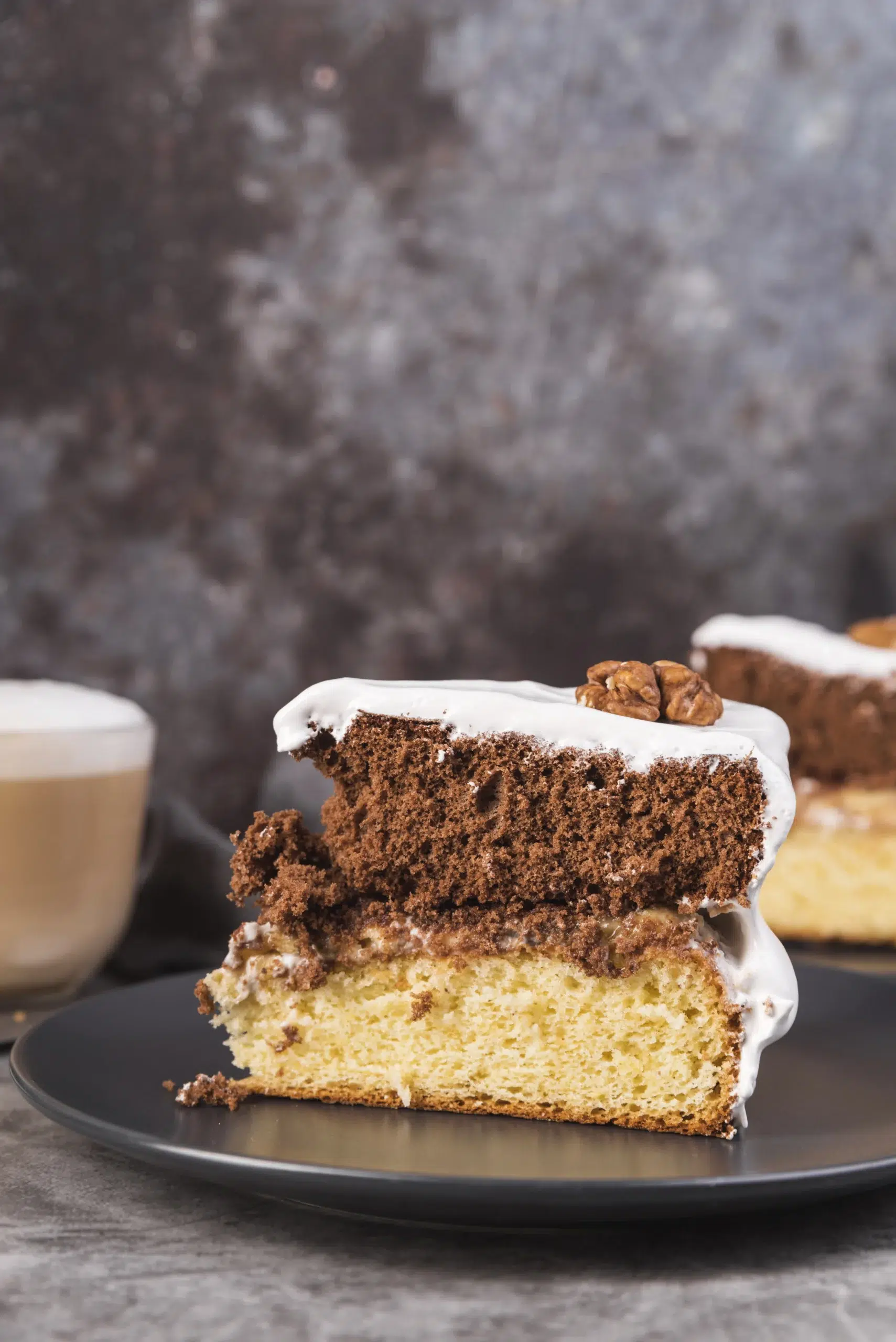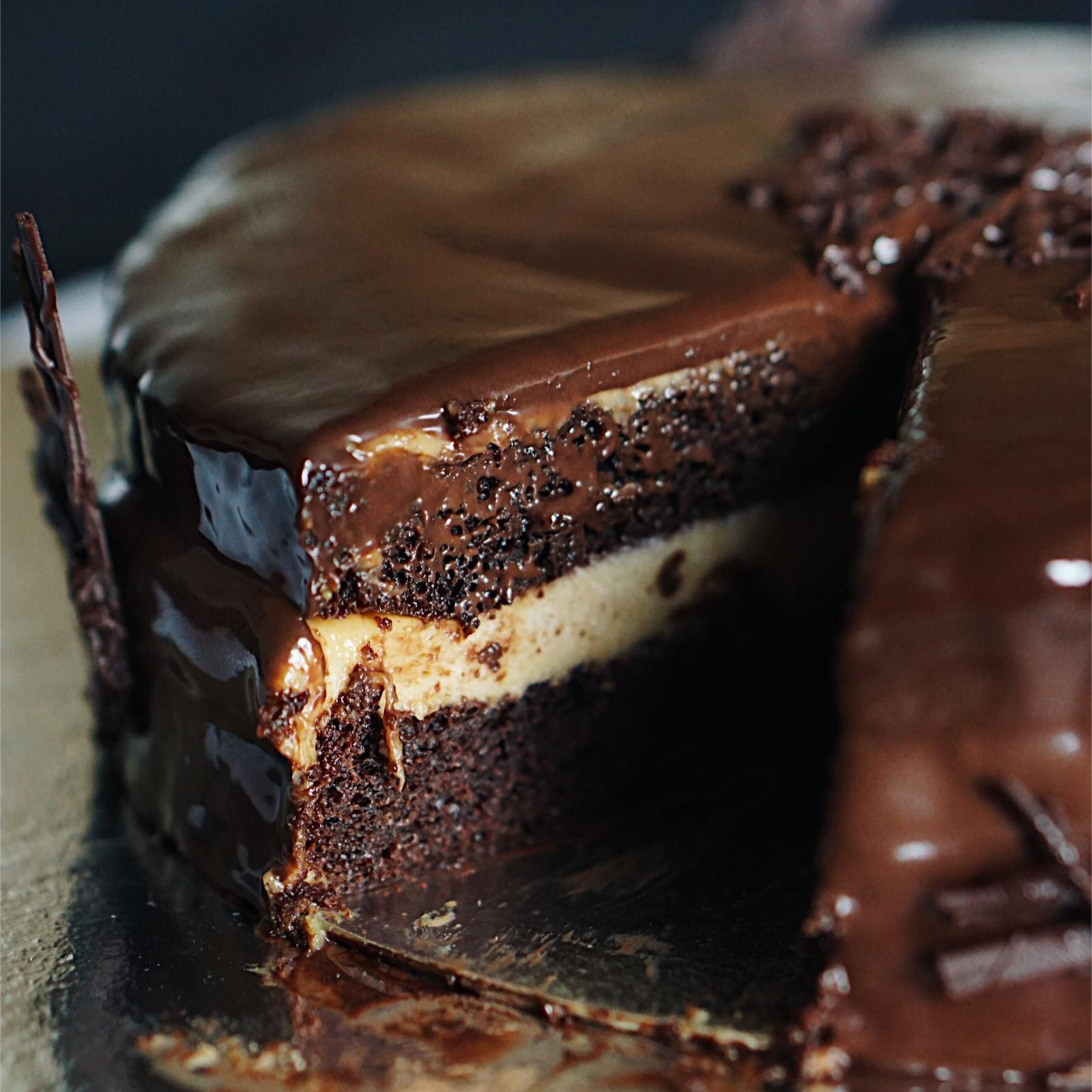Coconut chia pudding has taken the world by storm as a versatile, nutritious, and incredibly delicious dish. This simple yet satisfying treat combines the creamy richness of coconut milk with the superfood power of chia seeds, resulting in a recipe that’s not only delightful to eat but also packed with health benefits. Whether you’re looking for a quick breakfast, a wholesome snack, or a guilt-free dessert, coconut chia pudding ticks all the boxes.
In this guide, we’ll dive deep into everything you need to know about making the perfect coconut chia pudding. From understanding its nutritional benefits to mastering the ideal texture and exploring creative flavor combinations, this ultimate guide has it all. By the end, you’ll have all the tips, tricks, and inspiration you need to create a dish that’s as beautiful as it is delicious. Ready to elevate your coconut chia pudding game? Let’s get started!
Table of Contents
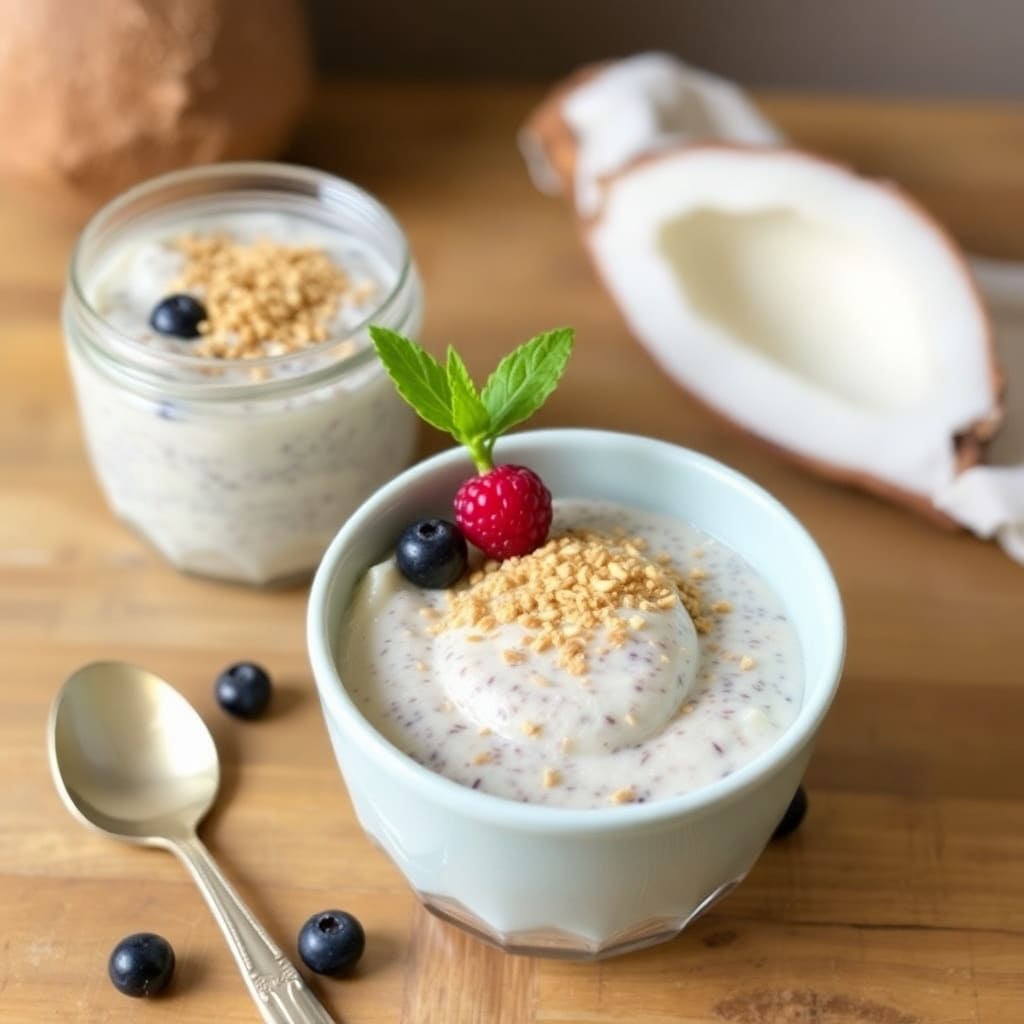
What is Coconut Chia Pudding?
Coconut chia pudding is a delightful and nutritious dish that combines two powerhouse ingredients: chia seeds and coconut milk. This pudding has become a staple in healthy eating for its versatility, rich flavor, and incredible health benefits. Whether enjoyed as a breakfast, snack, or dessert, coconut chia pudding offers a satisfying balance of creaminess and crunch, all while being easy to prepare.
Origins and Popularity
The origins of chia seeds date back thousands of years to the Aztec and Mayan civilizations in Central and South America. These ancient cultures revered chia seeds for their ability to provide sustained energy and nourishment. In fact, “chia” is derived from the Mayan word for “strength.” The seeds were often consumed by warriors and messengers as a compact source of fuel during long journeys. Despite their prominence in the past, chia seeds faded from mainstream diets for centuries before reemerging as a superfood in the modern wellness movement.
Coconut milk, on the other hand, has been a dietary staple in tropical regions for centuries, especially in Southeast Asia, the Caribbean, and Africa. Extracted from the flesh of mature coconuts, it is prized for its creamy texture and rich flavor. Traditionally used in savory and sweet dishes, coconut milk gained global recognition as a versatile and plant-based dairy alternative, aligning perfectly with the growing demand for vegan and lactose-free options.
The combination of chia seeds and coconut milk in modern recipes represents a harmonious fusion of ancient wisdom and contemporary healthy eating. This pairing became especially popular as more people sought nutrient-rich, easy-to-make meals that cater to various dietary preferences. Today, coconut chia pudding is a star on café menus, food blogs, and social media platforms, celebrated not only for its taste but also for its Instagram-worthy presentation.
Nutritional Benefits
Coconut chia pudding is more than just a tasty treat; it’s a nutrient-packed powerhouse that supports a variety of health goals. Here’s a closer look at the benefits of its key ingredients:
- Chia Seeds:
- High in Fiber: Chia seeds are rich in soluble fiber, which helps regulate digestion, stabilize blood sugar levels, and promote a feeling of fullness. A small serving (about two tablespoons) provides nearly half of the recommended daily intake of fiber.
- Rich in Omega-3 Fatty Acids: These essential fatty acids play a crucial role in heart health, reducing inflammation, and supporting brain function. Chia seeds are one of the best plant-based sources of omega-3s.
- Packed with Plant-Based Protein: Chia seeds provide a significant amount of protein, making them an excellent addition to vegan and vegetarian diets.
- Loaded with Minerals: Calcium, magnesium, phosphorus, and manganese in chia seeds contribute to bone health, energy production, and overall wellness.
- Coconut Milk:
- Healthy Fats for Energy: Coconut milk contains medium-chain triglycerides (MCTs), a type of fat that the body metabolizes quickly for energy. MCTs may also support weight management and brain health.
- Digestive Support: Coconut milk is naturally lactose-free, making it gentle on the stomach for those with dairy sensitivities or allergies.
- Rich in Nutrients: Coconut milk provides essential vitamins and minerals, including potassium, magnesium, and iron, which support hydration, muscle function, and oxygen transport in the blood.
- Immune-Boosting Properties: Lauric acid in coconut milk has antimicrobial and antiviral properties that may help bolster the immune system.
When combined, chia seeds and coconut milk create a dish that is as functional as it is flavorful. Coconut chia pudding offers sustained energy, improved digestion, and essential nutrients, making it a go-to option for anyone looking to eat healthily while enjoying a delicious treat.
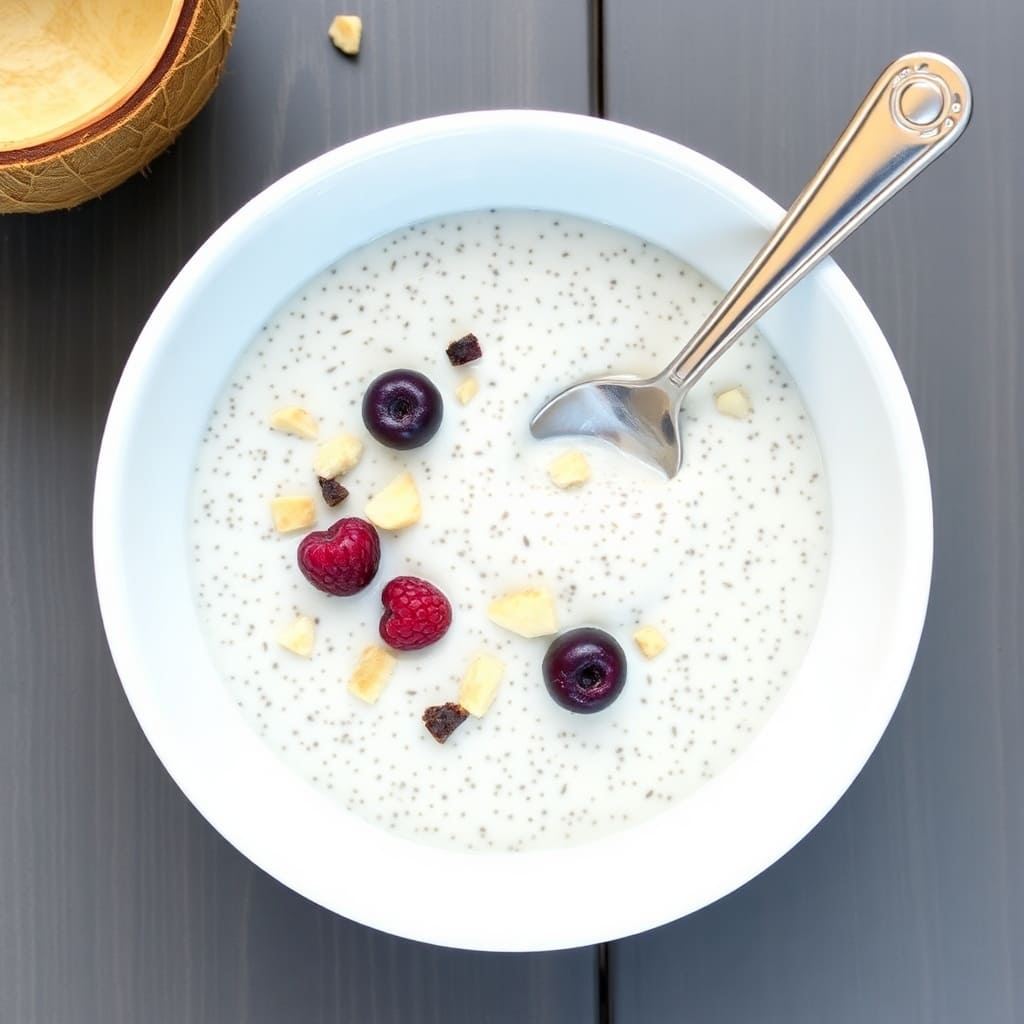
Essential Ingredients for Perfect Coconut Chia Pudding
The beauty of coconut chia pudding lies in its simplicity. With just a handful of ingredients, you can create a dish that is not only delicious but also packed with nutrition. However, the quality and type of ingredients you choose can make a significant difference in the flavor, texture, and overall success of your pudding. Let’s dive deeper into the essential components.
The Base Ingredients
The foundation of coconut chia pudding lies in two key ingredients: chia seeds and coconut milk. Choosing the right type of each can elevate your pudding to perfection.
- Chia Seeds: Types and How to Choose the Best
- Black vs. White Chia Seeds: Both black and white chia seeds are nutritionally similar and can be used interchangeably. However, white chia seeds may be preferred for aesthetic reasons, especially if you want a lighter-colored pudding.
- Organic and Non-GMO Options: For maximum nutritional value and to avoid pesticides, opt for organic chia seeds. Look for products labeled as non-GMO to ensure quality.
- Freshness: Chia seeds have a long shelf life, but older seeds may lose their ability to gel properly. Check the expiration date and store them in a cool, dry place to maintain their freshness.
- Coconut Milk: Full-Fat vs. Light Coconut Milk
- Full-Fat Coconut Milk: This option provides a rich and creamy texture, making it ideal for indulgent and dessert-like puddings. It’s perfect if you’re looking for a decadent treat or need a calorie boost.
- Light Coconut Milk: For a lighter version with fewer calories and fat, light coconut milk is a great choice. While it’s less creamy, it still delivers a smooth texture and pairs well with the chia seeds.
- Canned vs. Carton: Canned coconut milk is thicker and more concentrated, making it the preferred option for puddings. Carton varieties, often used as a milk alternative, are thinner and may require adjusting the chia-to-liquid ratio.
Sweeteners and Flavor Enhancers
Coconut chia pudding is a blank canvas, making it perfect for customizing with sweeteners and flavor enhancers to suit your taste.
- Natural Sweeteners:
- Honey: A natural and easily accessible option, honey adds a floral sweetness that complements coconut’s tropical flavor.
- Maple Syrup: This vegan-friendly sweetener provides a rich, caramel-like sweetness and works well with spices like cinnamon and nutmeg.
- Agave Nectar: A lighter, neutral-tasting option that dissolves easily and is ideal for those looking to maintain a plant-based diet.
- Stevia or Monk Fruit: For a sugar-free alternative, these natural sweeteners provide sweetness without the calories.
- Flavor Enhancers:
- Vanilla Extract: A dash of vanilla adds warmth and depth to the pudding, elevating its flavor profile.
- Cinnamon and Nutmeg: These spices introduce cozy, aromatic notes that make the pudding feel indulgent and comforting.
- Cacao Powder: For a chocolate twist, unsweetened cacao powder can be mixed into the base, turning your pudding into a rich and chocolaty dessert.
Toppings for Customization
The toppings are where you can truly let your creativity shine, transforming a simple coconut chia pudding into a work of art.
- Fresh Fruits:
- Seasonal fruits like berries, mango, kiwi, or pineapple add natural sweetness and a burst of color.
- Bananas provide creaminess and pair beautifully with nut butter or cacao.
- Nuts and Seeds:
- Almonds, walnuts, or pistachios offer a satisfying crunch and a dose of healthy fats.
- Sprinkle sunflower seeds, pumpkin seeds, or flaxseeds for added texture and nutrition.
- Granola:
- A handful of granola adds crunch and balances the creamy texture of the pudding. Opt for homemade or low-sugar varieties for a healthier option.
- Creative Additions:
- Shredded Coconut: Enhance the coconut flavor with unsweetened shredded or toasted coconut.
- Chocolate Chips: For a treat, add a sprinkle of dark chocolate chips or drizzle with melted chocolate.
- Edible Flowers: Garnish with edible flowers like pansies or marigolds for a stunning visual appeal.
With these ingredients, you can mix, match, and experiment to create a coconut chia pudding that’s uniquely yours. Whether you prefer it light and refreshing or rich and indulgent, the possibilities are endless!
Step-by-Step Recipe for Coconut Chia Pudding
Making coconut chia pudding is surprisingly simple, yet achieving the perfect texture and flavor requires attention to detail. Follow this guide to create a pudding that’s creamy, delicious, and just right.
Basic Recipe
Here’s a simple and foolproof recipe to get you started:
Ingredients:
- 1/4 cup chia seeds
- 1 cup full-fat coconut milk (or light coconut milk for a lighter version)
- 1–2 tablespoons natural sweetener (honey, maple syrup, or agave nectar)
- 1/2 teaspoon vanilla extract (optional)
- Pinch of salt (optional, to enhance flavor)
Instructions:
- Combine Ingredients: In a mixing bowl or jar, add the chia seeds, coconut milk, sweetener, vanilla extract (if using), and a pinch of salt. Stir thoroughly to combine.
- Mix Well: Use a whisk or fork to ensure the chia seeds are evenly distributed and not clumping together.
- Initial Soak: Let the mixture sit for 5–10 minutes, then stir again to break up any clumps that may have formed.
- Set the Pudding: Cover the bowl or jar and refrigerate for at least 2–4 hours, or overnight for the best results. The chia seeds will absorb the liquid and expand, creating a thick, pudding-like texture.
- Serve: Once the pudding has set, give it a good stir and adjust the sweetness if necessary. Serve chilled, topped with your favorite fruits, nuts, or other toppings.
Tips for Consistency and Texture
Getting the right consistency is key to a perfect coconut chia pudding. Here are some tips to help:
- Ideal Chia-to-Liquid Ratio: The standard ratio is 1/4 cup (4 tablespoons) of chia seeds to 1 cup of liquid. Adjust this slightly if you prefer a thinner or thicker pudding.
- Mixing Thoroughly: Properly mixing the chia seeds with the liquid is crucial to prevent clumps. Stir again after the initial soak to ensure even hydration.
- Soaking Time: For the best texture, allow the pudding to soak for at least 4 hours, but overnight is ideal. This gives the chia seeds enough time to fully absorb the liquid and soften.
Troubleshooting Common Issues
Even with a simple recipe, issues can arise. Here’s how to solve them:
- Why is My Pudding Too Thick?
- If the pudding is too thick, it likely has too many chia seeds for the amount of liquid used. Thin it out by stirring in a splash of coconut milk or another liquid until you reach the desired consistency.
- Why is My Pudding Watery?
- This usually happens when the chia-to-liquid ratio is off, or the seeds haven’t been given enough time to absorb the liquid. Allow it to soak longer, or add a small amount of additional chia seeds and wait another hour.
- Clumps in the Pudding:
- Clumps form when the chia seeds aren’t evenly distributed. To fix this, stir the mixture well after the first 5–10 minutes of soaking. If clumps persist, use a whisk or a blender to smooth it out.
- Adjusting Sweetness and Flavors:
- If the pudding isn’t sweet enough, add more sweetener gradually, tasting as you go. For stronger flavors, try adding spices like cinnamon, nutmeg, or a touch of citrus zest.
By following this step-by-step guide and keeping these tips in mind, you’ll master the art of making perfect coconut chia pudding every time!
Variations and Creative Twists
One of the best things about coconut chia pudding is its versatility. With just a few tweaks and additional ingredients, you can transform the classic recipe into a variety of flavorful, customized versions that suit different preferences and dietary needs. Here are some ideas to get you started.
Flavored Coconut Chia Pudding
Adding natural flavors to your pudding can take it from simple to extraordinary. Here are a couple of creative options to explore:
- Chocolate Coconut Chia Pudding:
- Ingredients: Add 1–2 tablespoons of unsweetened cacao powder or cocoa powder to the base recipe. Sweeten with maple syrup or a touch of stevia for a sugar-free option.
- Tips: Whisk the cacao powder thoroughly into the coconut milk before adding the chia seeds to ensure a smooth, rich chocolate flavor. Top with shaved dark chocolate or fresh berries for a decadent finish.
- Mango-Infused Coconut Chia Pudding:
- Ingredients: Blend 1/2 cup of fresh or frozen mango with the coconut milk before mixing it with the chia seeds. Adjust the sweetness with honey or agave if needed.
- Tips: Layer the mango pudding with chunks of fresh mango for added texture and vibrant color.
- Pineapple Coconut Chia Pudding:
- Ingredients: Blend 1/2 cup of fresh pineapple with the coconut milk or use a small amount of pineapple juice for flavor. Optionally, mix in shredded coconut for extra texture.
- Tips: Garnish with toasted coconut flakes or a sprinkle of crushed nuts for a tropical vibe.
Dietary Adaptations
Coconut chia pudding can easily be adapted to meet various dietary needs, ensuring that everyone can enjoy it.
- Low-Carb and Keto-Friendly Options:
- Use unsweetened coconut milk and a sugar-free sweetener like erythritol, monk fruit, or stevia to keep the carb content low.
- Incorporate a keto-friendly topping, such as crushed nuts, unsweetened coconut flakes, or dark chocolate (70% cacao or higher).
- Add a tablespoon of MCT oil for an extra boost of healthy fats and energy.
- Vegan-Friendly Sweeteners and Variations:
- Replace honey with maple syrup, agave nectar, or date syrup for a vegan-friendly sweetener option.
- Blend in a small amount of plant-based protein powder (such as pea or hemp protein) to increase the protein content, especially for those using this as a post-workout snack.
- Add almond butter, tahini, or sunflower seed butter for a creamy, nutrient-rich flavor twist.
With these variations and adaptations, coconut chia pudding can become a customizable staple in your kitchen. Whether you’re in the mood for chocolatey indulgence, tropical freshness, or a dietary-friendly treat, there’s a version to satisfy every craving and nutritional goal. Experiment with these ideas and make the recipe your own!
Serving and Storing Coconut Chia Pudding
Once you’ve mastered the art of making coconut chia pudding, knowing how to serve and store it properly can enhance your experience. Whether you’re preparing it for immediate enjoyment or planning for future meals, these tips will help you get the most out of this versatile dish.
Best Ways to Serve
Coconut chia pudding is as versatile in presentation as it is in flavor. Here are some creative and practical serving ideas:
- Layered Parfaits with Fruit and Granola:
- For a visually stunning and delicious treat, create layered parfaits. Use a clear glass or jar to alternate layers of coconut chia pudding with fresh fruits, such as berries, mango, or kiwi. Add a crunchy layer of granola or nuts for texture.
- This approach works great for breakfast, brunch, or dessert and is perfect for impressing guests.
- Single-Serve Jars for Grab-and-Go Meals:
- Portion the pudding into small mason jars or reusable containers for easy grab-and-go snacks or breakfasts. Add your toppings of choice just before serving to keep them fresh.
- These portable servings are perfect for busy mornings, lunchboxes, or even as a post-workout snack.
- Creative Plating Ideas:
- For a more elegant presentation, serve the pudding in small bowls or dessert glasses and garnish with edible flowers, a drizzle of honey, or a sprinkle of cacao nibs.
- For kids, use colorful bowls and add fun toppings like mini chocolate chips or sprinkles to make it more appealing.
Storing Tips
Coconut chia pudding is an excellent make-ahead dish, but proper storage is essential to maintain its quality.
- Shelf Life in the Refrigerator:
- Store coconut chia pudding in an airtight container in the refrigerator. It will stay fresh for up to 5–7 days, making it an ideal prep-ahead option for meal planning.
- For best results, keep toppings separate and add them just before serving to avoid sogginess.
- Can You Freeze Coconut Chia Pudding?
- Yes, coconut chia pudding can be frozen! Portion it into small, freezer-safe containers and freeze for up to 1 month.
- To defrost, transfer the container to the refrigerator and let it thaw overnight. Stir well after thawing to restore its creamy texture, as separation may occur during freezing.
- Note: While freezing works well for the pudding base, it’s best to add fresh toppings only after defrosting.
By serving coconut chia pudding creatively and storing it properly, you can enjoy its deliciousness anytime, whether it’s a quick breakfast, a healthy snack, or a sophisticated dessert.
Conclusion
Coconut chia pudding is the perfect combination of simplicity, nutrition, and versatility. With its high fiber, omega-3 fatty acids, and healthy fats, this dish is not only a treat for your taste buds but also a powerhouse for your health. It’s quick to prepare, endlessly customizable, and suitable for a wide range of dietary needs, making it a staple for busy mornings, satisfying snacks, or indulgent desserts.
The beauty of coconut chia pudding lies in its adaptability. Whether you prefer a rich chocolate twist, tropical mango layers, or a light keto-friendly version, the possibilities are endless. With creative toppings like fresh fruits, nuts, granola, and even edible flowers, every bowl can be a unique masterpiece.
Now it’s your turn to give it a try! Experiment with different flavors and toppings to create a version that’s uniquely yours. Once you’ve perfected your recipe, don’t forget to share your creations and experiences in the comments. We’d love to see how you make this ultimate superfood pudding your own! Happy cooking! 😊
